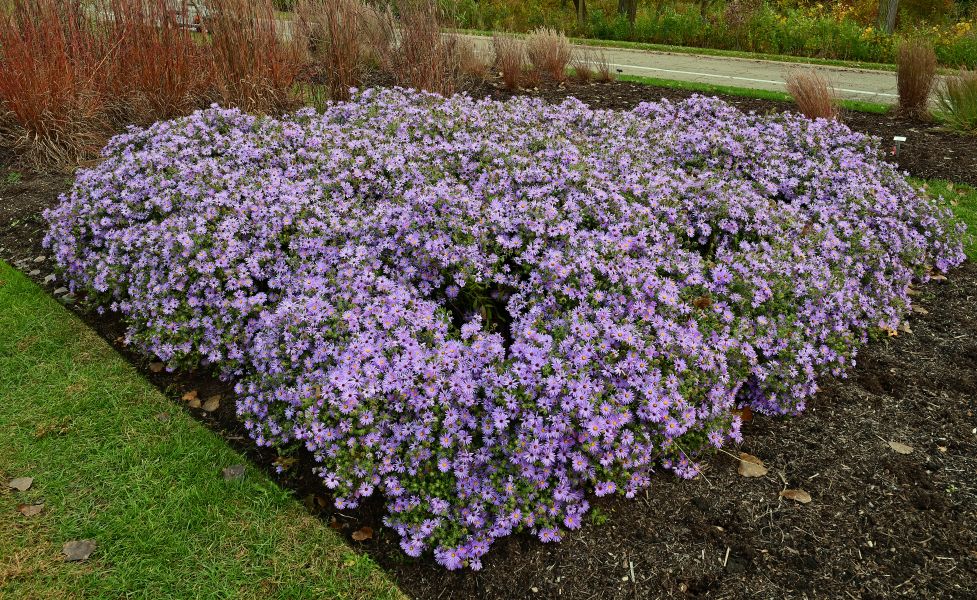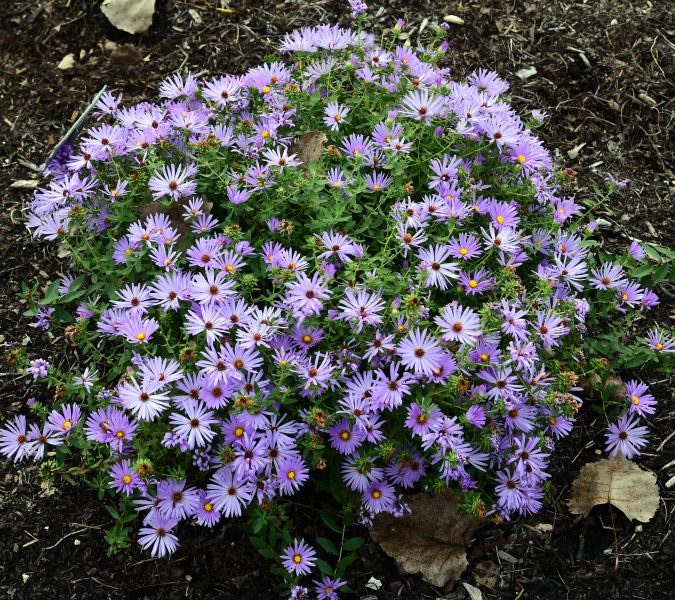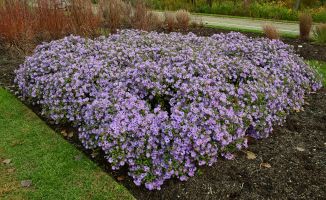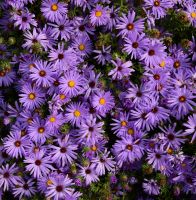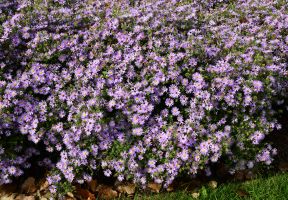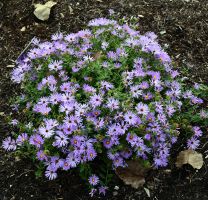Aster (Symphyotrichum) Billowing Violet
Flowers earlier than Billowing Pink and for 6 weeks!
As a full-sibling cultivar to ‘Billowing Pink’, ‘Billowing Violet’ shares several of the same characteristics but with some minor key differences. It also has a dense mound habit, with three-year-old plants reaching a height of 25 inches and a width of 43 inches and some four-year-old plants reaching a height of 22 inches and a width of 60 inches. It can therefore grow slightly shorter and wider than ‘Billowing Pink’, but the two cultivars have appeared highly similar in size in trials at the Garden. Inflorescences are violet, 1¾ inches across, and completely cover plants in peak bloom. ‘Billowing Violet’ also has a roughly six-week bloom period, though this occurs earlier than ‘Billowing Pink’, running from early September to mid-October in USDA Zone 5.
Who Am I?
-
Common Name:Billowing Violet aster
-
Botanical Name:Symphyotrichum 'Billowing Violet' PP32557
-
Type:Perennial
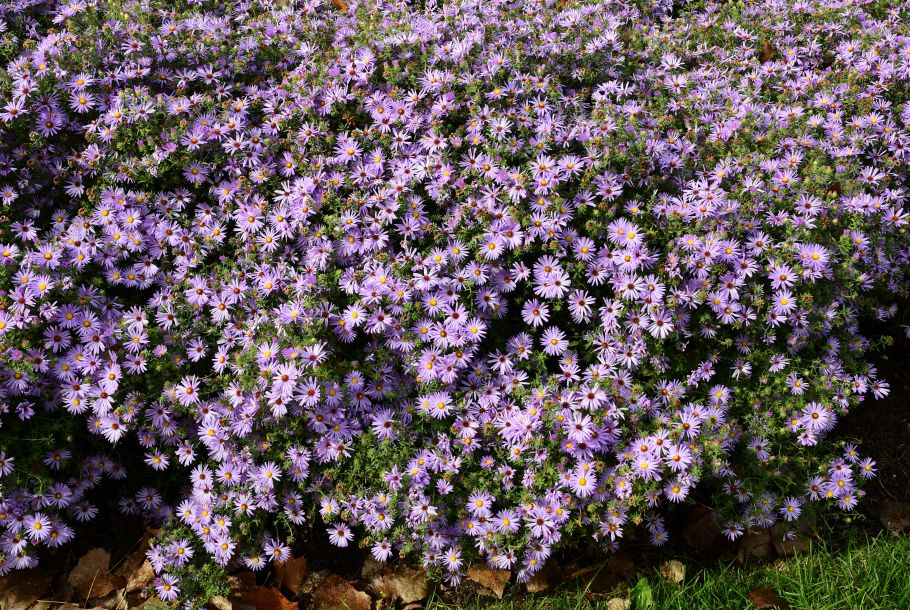
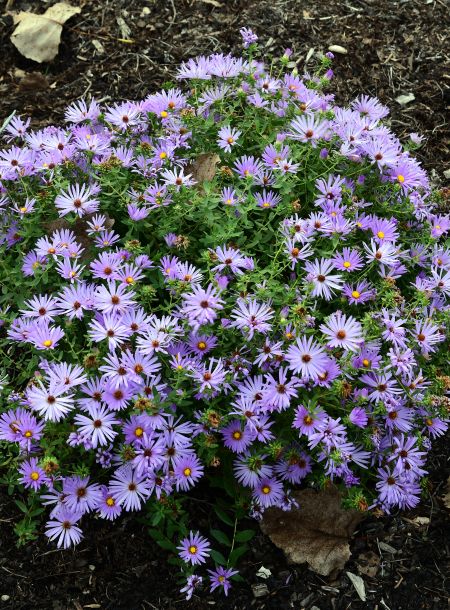
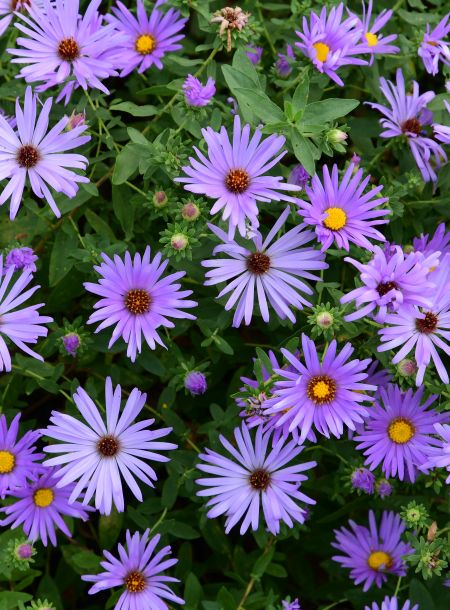
Cultural Details
TYPE
-
Light:Full sun
-
Soil:Moist, but well-drained, fairly adaptable to many soils
-
Moisture:Drought tolerant once established
-
Hardiness Zone4-8
-
Bloom Time:Late summer
-
Bloom Color:Lavendar
-
Size:30" tall by 48" wide
-
Diseases & Pests:Excellent resistance to rust and powdery mildew. Deer and rabbit resistant.
What Makes Me Special?
Landscape Use
Origin
In 2008, a more formal aster improvement program was initiated at the Chicago Botanic Garden using cultivars of aromatic aster (S. oblongifolium) and New England aster (S. novae-angliae) that performed well in the plant evaluation program’s trials along with other promising selections. Breeding of aromatic aster (S. oblongifolium) resulted in the cultivar ‘Cotton Candy’, which was subsequently used as the seed parent in crosses made in September 2012 with pooled pollen of hybrid origin. This cross led to the development of the cultivars ‘Billowing Pink’ and ‘Billowing Violet’.
